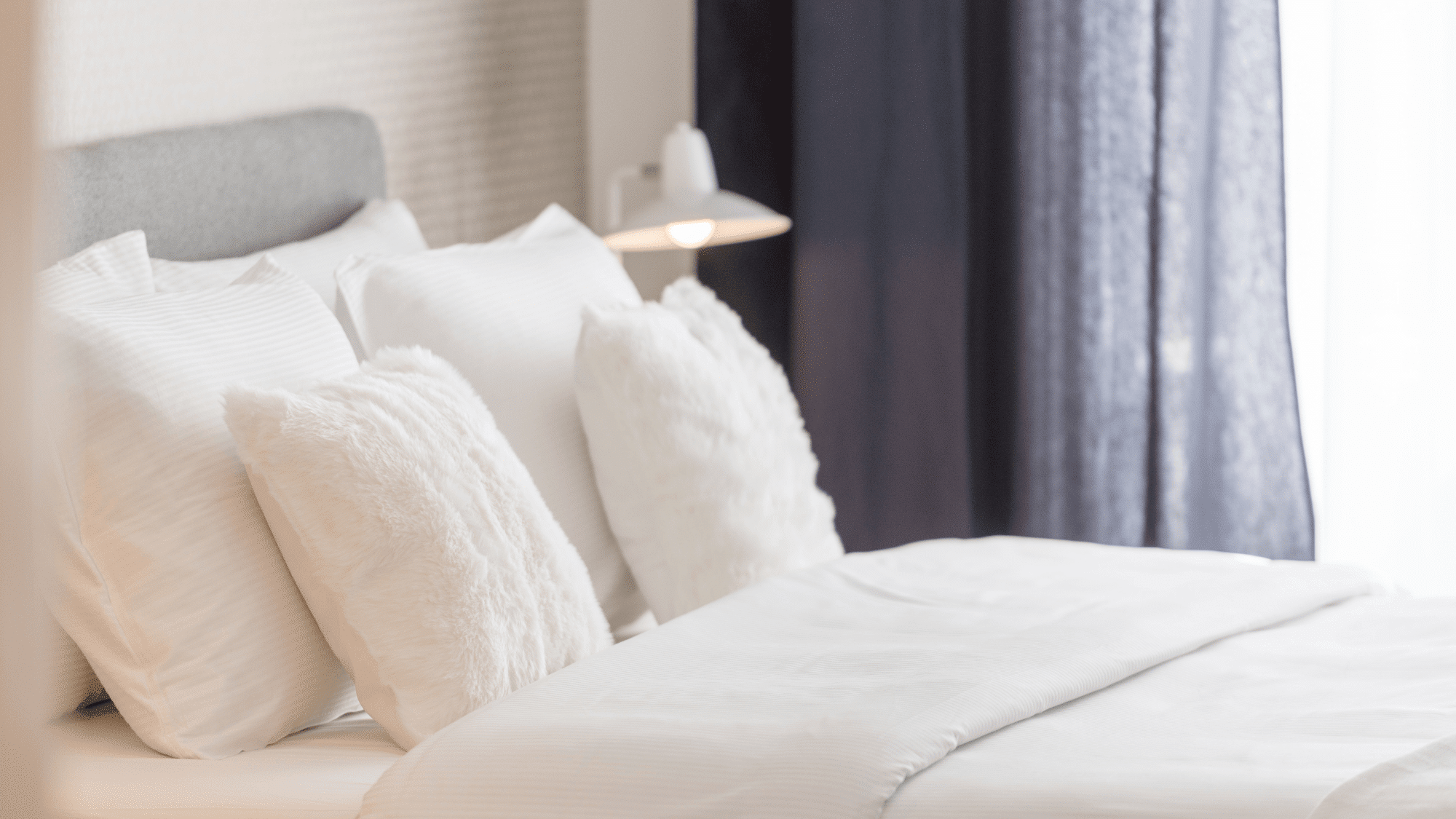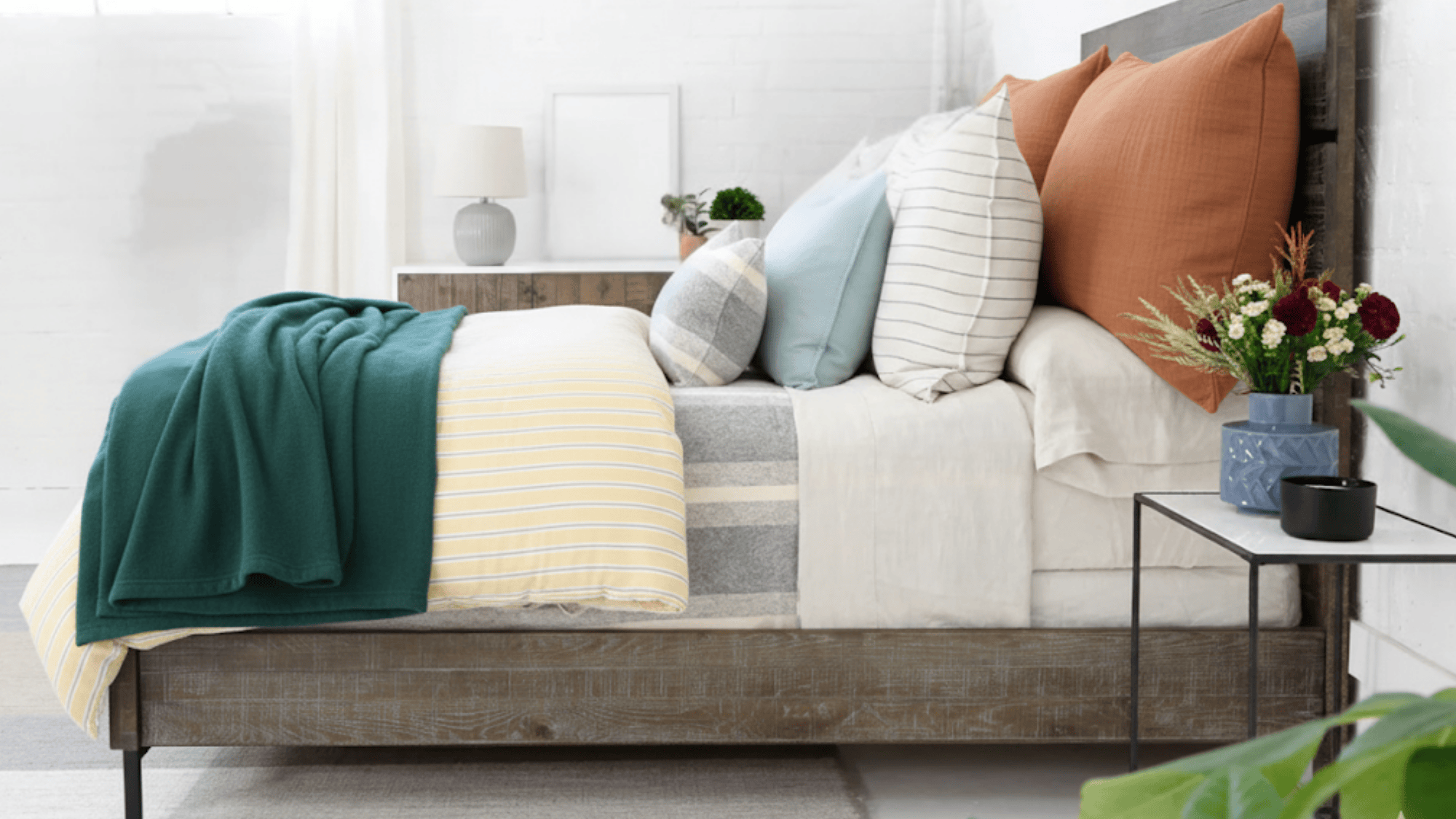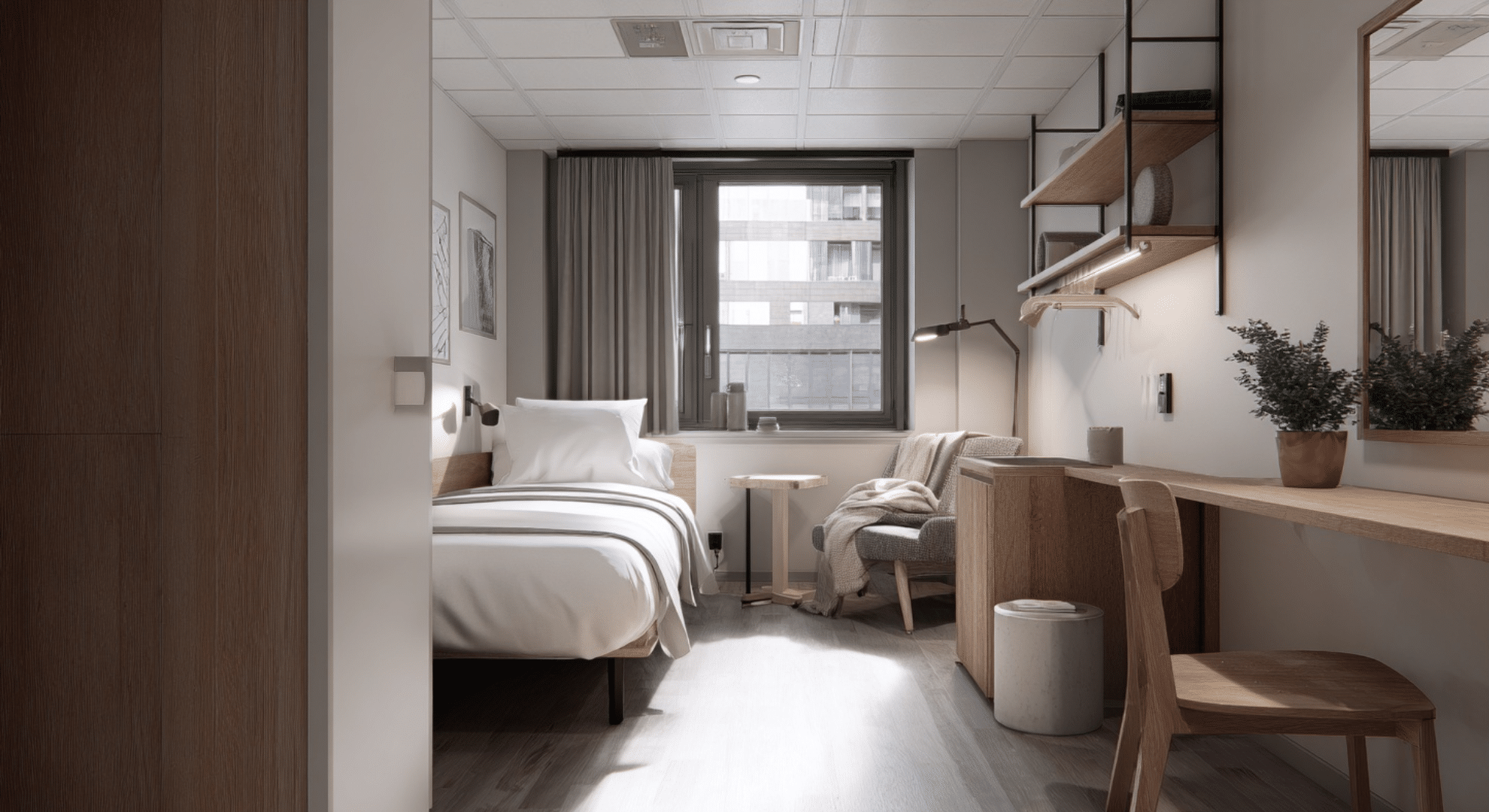Choosing the right baby blanket size isn’t just about looks; it’s about comfort, safety, and practicality. From swaddling a newborn to keeping a toddler cosy, each blanket type serves a different purpose.
Many new parents get confused about which size fits best for age, use, or fabric type, especially when options vary across stores and handmade designs.
In this guide, I’ll simplify everything you need to know, from standard dimensions to fabric choices, age-based recommendations, and crafting tips for crocheted or knitted blankets.
Whether you’re shopping or making one yourself, you’ll know exactly what size works best for every stage.
Standard Baby Blanket Size Chart
Here’s a quick overview of standard baby blanket sizes by type, so you have a handy reference. Use this as your go-to whenever you’re buying or making a blanket.
| Blanket Type | Inches | Centimeters | Ideal Use |
|---|---|---|---|
| Receiving | 30″ × 30″ to 40″ × 40″ | 76 × 76 to 102 × 102 cm | For newborns, quick wraps, burp cloths |
| Swaddling | 40″ × 40″ to 48″ × 48″ | 102 × 102 to 122 × 122 cm | For wrapping newborns snugly |
| Stroller / Car-seat | 22″ × 30″ to 30″ × 36″ | 56 × 76 to 76 × 91 cm | For rides, outings |
| Bassinet / Cradle | ~30″ × 40″ | ~76 × 102 cm | Smaller bed use, early months |
| Crib Blanket | ~40″ × 60″ | ~102 × 152 cm | For crib, naps, toddler transition |
| Lovey / Security | ~12″ × 12″ to 18″ × 18″ | ~30 × 30 to 46 × 46 cm | Tiny comfort blankets |
| Toddler Blanket | ~40″ × 60″ or a little larger | ~102 × 152 cm | For toddler bed, naps |
These numbers are guides, not rigid rules. Use them to match the blanket to its stage and purpose. If you’re making one, it helps to measure your target space. If buying, you’ll know what size to look for.
How Big Should a Baby Blanket Be
Different blanket types serve different needs. Below is a breakdown so you can match the size to use:
1. Receiving Blankets
“Receiving” blankets are often the first ones parents buy or make. They’re usually smaller, think around 30″ × 30″ up to 40″ × 40″.
They’re light, versatile, and used for wrapping a newborn, as a burp cloth, or for tummy time. Because they’re smaller, they’re easy to handle and store in your diaper bag. Fabrics like soft cotton or flannel are common.
2. Swaddling Blankets
Swaddle blankets need extra size. A blanket around 40″ × 40″ (or even up to 48″ square) gives enough material to wrap and tuck the baby securely without leaving loose ends.
A good wrap helps soothe the baby and keeps the startle reflex in check. Look for breathable fabrics like muslin or light cotton so the baby stays comfy and safe.
3. Cradle & Bassinet Blankets
If you’re using a cradle or bassinet, the blanket size drops slightly, around 30″ × 40″ or the equivalent. A smaller size means less excess fabric, which means less risk of bunching or covering the baby improperly.
For safety, it’s best that the blanket fits the space without large overhangs. Breathability is key. Choose fabrics that allow air flow and skip heavy embellishments. As babies grow, you’ll often switch to a larger crib-size blanket.
4. Stroller & Car Seat Blankets
On the go? A stroller or car-seat blanket should be compact but large enough to cover well. Typical dimensions might be 22″ × 30″ to 30″ × 36″. That covers the baby without dragging on the ground.
Some blankets even come with strap slits or clips to secure them in a car seat. For ease of use and travel, smaller blankets are better. Keep them light and machine-washable since they’ll see lots of action outside the house.
5. Crib & Toddler Blankets
When the baby moves up to a crib or toddler bed, you’ll want a bigger one, roughly 40″ × 60″ or similar. This size gives room to grow, tuck in, or drape across the bed. You’ll also find lots of fun prints and more durable fabrics at this stage.
But note that for the first year, loose blankets in cribs are not recommended for unsupervised sleep due to safety guidelines. After the baby is mobile and the sleep environment is safe, a larger blanket makes sense.
For toddlers, you might even choose slightly larger sizes to cover longer sleep sessions or naps.
Baby Blanket Measurements by Age
As babies grow, their blanket needs change. Here’s a simple age-based guide to help you match size:
| Age / Stage | Recommended Blanket Size | Notes |
|---|---|---|
| Preemie / Newborn | 18″ × 18″ up to ~30″ × 30″ | Small and lightweight blankets work best. |
| Newborn (0–4 months) | ~30″ × 30″ to ~40″ × 40″ | For easy wraps, burping, and cosy coverage. |
| Infant (4–12 months) | ~40″ × 40″ to ~30″ × 40″ or stroller size | For naptime, buggy rides, and layering. |
| Toddler (>12 months) | ~40″ × 60″ or larger | For toddler bed use, longer naps, and a growth room. |
When you pick a blanket by age, you’re thinking ahead. A newborn blanket may be fine now, but if it’s too small in a few months, it won’t cover well.
By age 1, a child is often ready for a more “grown-up” size blanket that fits a nap bed or a toddler bed. Matching size to age helps you avoid changing blankets too soon, saving you effort and money.
Crochet & Knitted Baby Blanket Size Guide

If you’re crafting a baby blanket, whether crocheting or knitting, size matters as much as style. In my experience working with yarn, these guidelines help:
- Pick the size based on your intended use (see previous charts).
- Check yarn weight and recommended pattern gauge; heavier yarns make thicker (and often larger) blankets.
- For example: A stroller-size blanket (~30″ × 35″) might use “medium weight” yarn and standard needle/hook sizes.
- Larger blankets (like crib/toddler ~40″ × 60″) will need more yarn and may benefit from a looser stitch for drape.
- If you’re following a pattern, it often lists both dimensions and yarn amounts. If you’re free-form designing, use the standard sizes above to plan dimensions.
- Create a printable size chart (or download one) so you can mark off your progress, stash what you need, and stay on track.
Crafting your own blanket adds a personal touch. But by starting with the right size, you make sure your effort results in something useful, not just pretty.
Fabric and Material Recommendations
Choosing the right material matters almost as much as choosing the right size. Here’s a table to help you compare options:
| Material | Season | Washability | Pros / Cons |
|---|---|---|---|
| Cotton | All seasons | Machine-washable | Soft, breathable; may shrink slightly. |
| Muslin | Warm / warm-weather | Very good | Lightweight, great for swaddles; less warmth in cold. |
| Fleece | Cool / winter | Machine washable | Very warm; may be too heavy for newborn unsupervised sleep. |
| Wool (or wool blends) | Cold winter | Hand-wash or delicate cycle | Warm, cosy; check for allergies. |
| Bamboo or eco-blends | All seasons | Generally machine washable | Soft, hypoallergenic; sometimes more expensive. |
When I picked blankets for my own child, I kept a few handy materials:
- For newborns: lightweight cotton or muslin for easy wraps and quick washing.
- For travel/outings: fleece or plush for warmth and comfort.
- For toddler naps: cotton blends with fun prints and durability.
Keep in mind that whichever material you choose, it should pair well with the size. A large blanket made of heavy fabric might be too bulky. A small blanket of super-thin fabric might not provide enough coverage.
How to Choose the Right Size
Here’s a quick checklist that you can use to choose the right baby blanket size. Think of it as your decision tool before you buy or make one.
Checklist:
- Purpose: Will you use it for swaddling, stroller rides, crib naps, or toddler bed?
- Baby’s age/stage: Newborn, infant, toddler? Choose size accordingly.
- Material: Is it lightweight and safe for the early months, or heavier for later?
- Space/item: Will it cover the mattress or stroller, or will it just be a comfort cloth?
- Practicality: Machine-washable? Easy to tuck or wrap?
- Growth room: Does the size allow for a few months of family use without being too large?
If you answer these questions, you’ll quickly narrow down the ideal size. Then match that size to the charts above. It’s much easier when you’ve done the thinking upfront, so you don’t end up with a blanket that’s too big, too small, or not quite right.
Conclusion
Choosing the right baby blanket size comes down to comfort, safety, and practicality. From tiny receiving blankets to roomy toddler versions, the best size depends on age, purpose, and fabric choice.
Beyond measurements, always think about breathability, ease of care, and how the material feels against your baby’s skin. A well-sized, well-made blanket doesn’t just keep your baby warm; it makes everyday routines smoother and safer.
If you’re buying or making one, refer back to the size charts and checklist to ensure the perfect fit for your little one’s stage and needs. Start today. The right blanket can last through every milestone.









